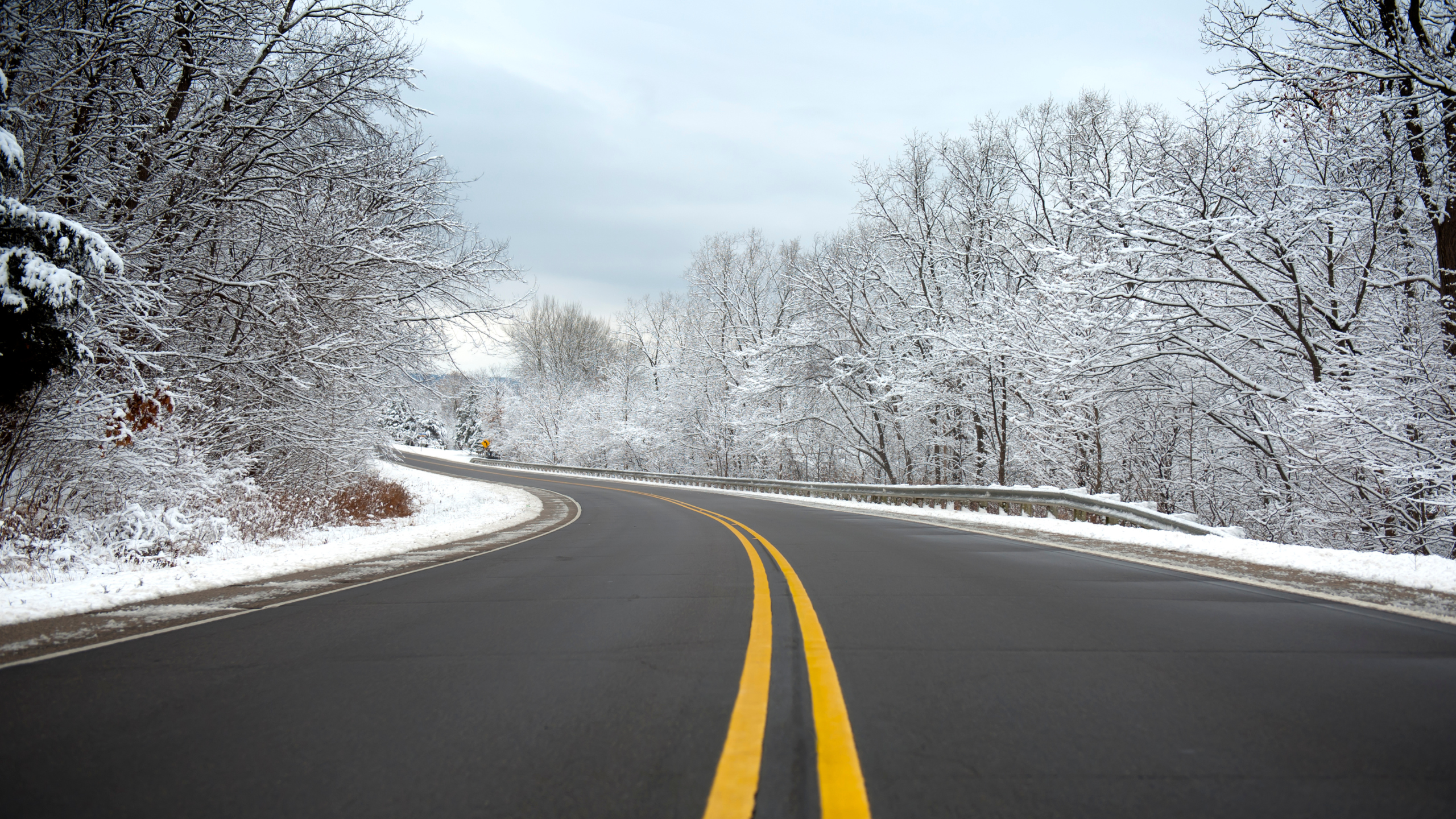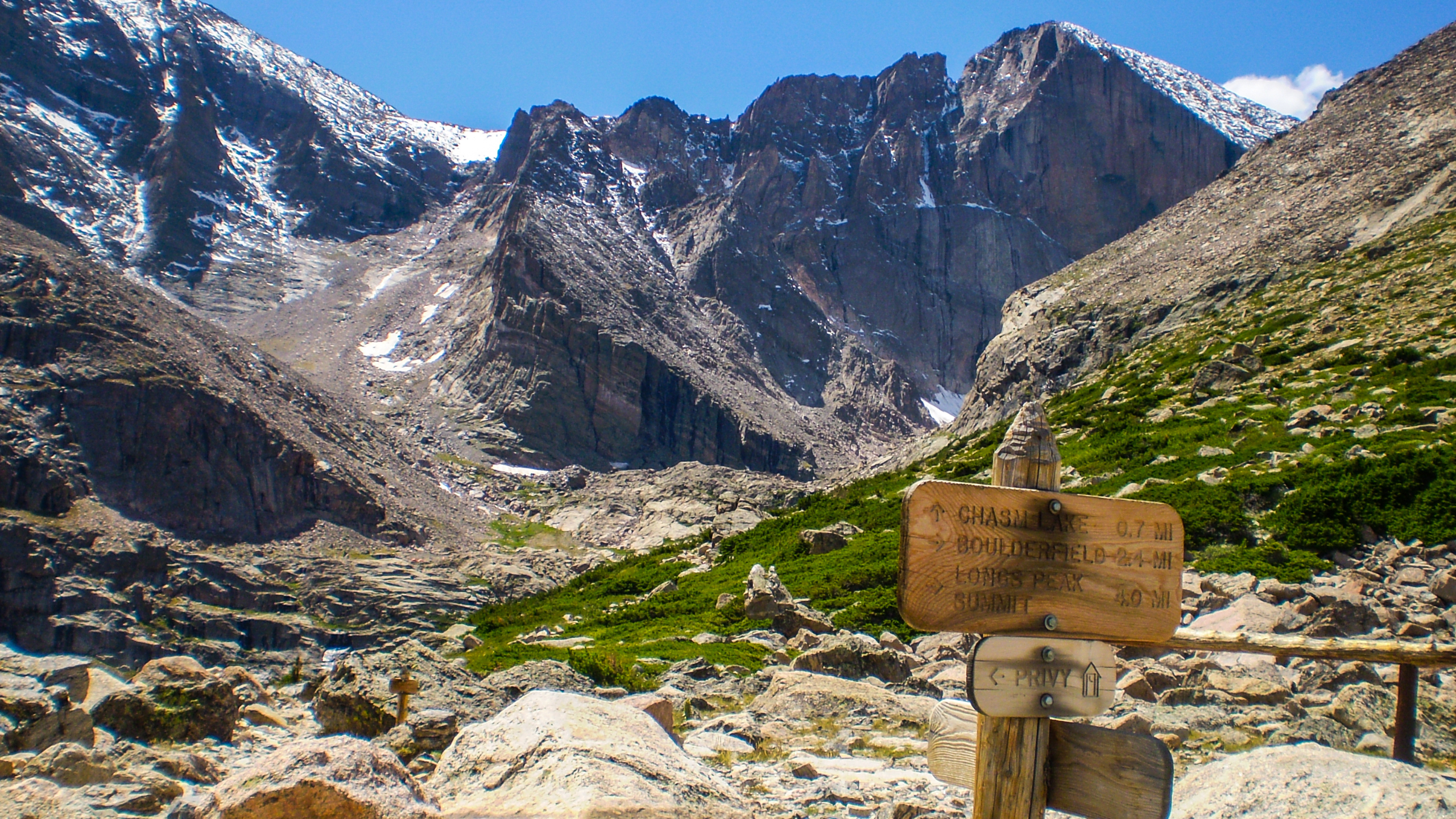Navigating a Winter Weather Advisory in Northern Minnesota and Northwest Wisconsin

Winter in the upper Midwest can be a breathtakingly beautiful season, but it also presents unique challenges, particularly when it comes to navigating through potentially dangerous weather events. A recently issued winter weather advisory for the northern segments of Minnesota and Wisconsin is a sure sign that residents in these areas need to ramp up their preparations. This guide is your go-to resource for understanding, preparing for, and safely managing a winter weather advisory. Whether you’re a seasoned local or a first-time visitor, this comprehensive resource will ensure you’re ready for whatever Mother Nature throws your way.
Understanding the Winter Weather Advisory
When the National Weather Service issues a winter weather advisory, it’s a clear signal that hazardous conditions are imminent or happening in locations within the two states. But what does it really mean for you? A winter weather advisory signifies that winter weather conditions can cause significant inconveniences and may be hazardous if you don’t take the right precautions. It’s important to note that the terms “watch,” “warning,” and “advisory” aren’t interchangeable and convey different levels of severity. Being able to distinguish between these terms is an important part of your winter weather vocabulary.
Implications and Types of Advisories
A winter weather advisory isn’t as alarming as a full-on warning, but it should still prompt you to stay updated on the situation. It highlights conditions that will cause significant inconveniences that may lead to hazardous situations. This means snow, sleet, or ice will cause primarily travel difficulties. The key with this type of advisory is timing — it lets you know when the weather is expected to occur so you can make your preparations early.
Advisories can vary in their focus, from the amount of snow or ice expected to the duration of the event. Travel advisories directly speak to conditions that will likely lead to hazardous travel, while a wind chill advisory signals the potential for life-threatening cold. Understanding these nuances is vital for taking the most suitable actions.
Preparing for Winter Weather
Preparation is the best defense when it comes to severe winter weather. Having an emergency kit ready and a plan in place ensures that you aren’t scrambling when the first flake falls.
Building Your Winter Emergency Kit
Your winter emergency kit should be stocked with essentials to keep you safe and comfortable if you’re stuck at home or in your car due to treacherous weather. Items like a first aid kit, extra blankets, non-perishable food, a battery-powered radio, and a flashlight with extra batteries are critical. Don’t forget to include any necessary medications and special items for infants and pets.
Safety Tips for Severe Weather
In addition to your emergency kit, there are some preemptive measures that can greatly increase your safety. Make sure your vehicle is winterized with appropriate tires, antifreeze, and a full gas tank. At home, keep your heating systems checked and be familiar with how to turn off water and know where your home’s circuit breaker is in case of emergencies. Insulate water lines that run along exterior walls so your water supply will be less likely to freeze.
Navigating the Advisory
When the advisory is in effect, it’s not a time to panic; it’s a time to implement your well-thought-out safety plan.
Keeping Abreast of Updates and Alerts
Staying informed throughout the advisory is crucial. You should have multiple ways to receive updates. This could include local news stations, weather radios, and smartphone apps. Social media can also provide real-time updates, but be sure to follow verified accounts for the most reliable information.
Travel Safely, or Don’t Travel at All
If you don’t have to travel, it’s best to stay off the roads during a winter weather advisory. But for those times when travel is a must, ensure that someone knows your route and anticipated arrival time. If you get stuck, stay with your vehicle, as it’s your best protection from the elements.
Preparing Your Home and Belongings
In the event of a power outage, having a plan B is essential. This might mean having a secondary source of heat, like a generator or wood-burning stove, ready for use. Be sure to have ample fuel for these options beforehand. To prevent pipes from freezing, allow faucets to drip, keep cabinet doors open, and maintain consistent indoor temperatures.
Community Resources and Support
No man is an island, and in the face of severe weather, it’s often the strength of community resources that can make all the difference.
Knowing Your Local Services
Familiarize yourself with your local emergency services in advance. Know their numbers, locations, and any specific guidelines they may have for winter emergencies. Plan ahead for any special needs or circumstances, like medical devices that require power.
Connecting with Community Shelters and Resources
Your municipality will have resources like community centers and shelters available in the event of prolonged power outages or unsafe conditions. These shelters provide a warm place to stay and can connect you with additional resources if needed. It’s a good idea to know the locations of these shelters and have a contact person to check on their status if you need to go.
Conclusion
A winter weather advisory is a reminder to Northern Minnesota and Northwest Wisconsin residents that preparation is key to staying safe. By understanding the advisory, preparing for the worst, and utilizing community resources, you can confidently weather any storm. Stay tuned to reliable sources for updates, avoid travel when possible, and keep your home and loved ones protected. Winter can be harsh, but with proper precautions, you can emerge unscathed. Remember, it’s not just about surviving the advisory; it’s about thriving through the season.



